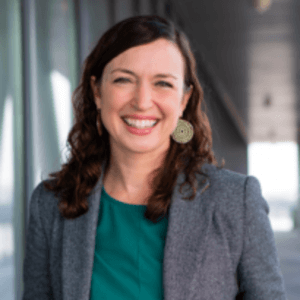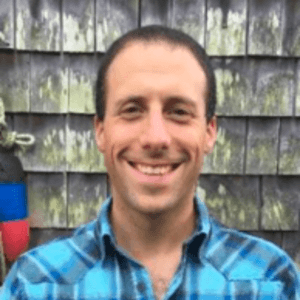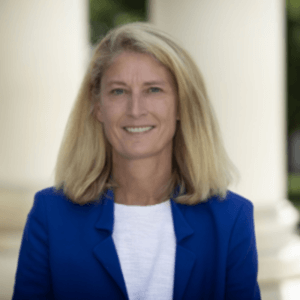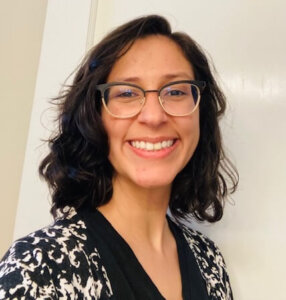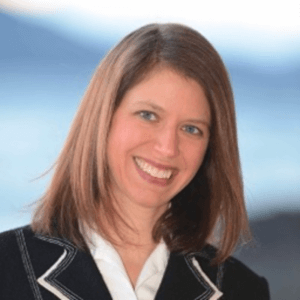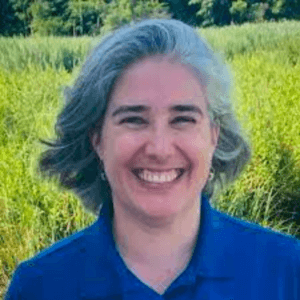Elevating the Science of Blue Carbon in Federal Policy
In October 2022, COMPASS and Restore America’s Estuaries brought together blue carbon experts and policy makers in a roundtable discussion to examine the latest science, connect key people working on this issue, consider policy-relevant questions and explore opportunities to advance solutions for blue carbon as part of a whole ecosystem approach to mitigating climate change.
The Opportunity
Blue carbon, the carbon captured and stored in coastal and ocean ecosystems, is a relatively new area of applied research, but the field is evolving rapidly. In recent years, there has been growing interest from policy makers on how to support and incentivize blue carbon as a climate mitigation and resilience strategy, including a number of legislative bills in both the U.S. House of Representatives and Senate. These bills offer key opportunities for dialogue between blue carbon experts and policymakers; However, it is difficult for experts to know where and how to engage.
COMPASS saw an opportunity to leverage our expertise and resources to help bridge the gap between blue carbon experts and policymakers. In 2022, we partnered with Restore America’s Estuaries (RAE) to support a cohort of nine experts in sharing their research directly with members of Congress. As part of this project, our teams organized a series of convenings including a roundtable discussion, policy briefing, and individual meetings between experts and congressional staffers. These efforts created a pathway for experts to not only make their work accessible, but to also hear from policymakers on how their work can be applied, fostering shared understanding and better alignment between science and policy.
Our Approach
Our blue carbon engagement work encompassed three main steps: bringing together experts from a variety of perspectives, supporting experts to develop and implement their communication skills, and cultivating the conditions to support effective collaborations within and beyond science.
Phase I: Cohort Selection
Our team first took a deep dive into the latest blue carbon research and policy discussions to better understand the landscape. After conducting several interviews with congressional offices and blue carbon experts and performing an extensive literature review, we were able to identify leading policy questions and sought to bring in experts from various disciplines and experiences who, together, could address those questions in a holistic way.
It was also important to the success of the project to select experts who showed a willingness to listen and collaborate with others who have different perspectives and backgrounds. The final cohort included experts who work on marine and coastal ecology, social science, oceanography, biology, data sciences, and equitability and environmental justice. Each participant was carefully chosen to make sure the group could speak to the implications of blue carbon science on both the environment and the communities that depend on it.
Phase II: Science Communication Training and Support
Leading up to the roundtable discussion, we held two group workshops along with individual coaching sessions to help the experts prepare to discuss their work in a policy setting. In the first workshop, the experts learned about the science of science communication and used the Message Box to develop and practice their individual and collective messages. In the second session, we dove into the current state of blue carbon in Congress and federal agencies and explored how to effectively communicate in politicized environments. We also invited two policy experts with broad experience in blue carbon to offer insights into the policy landscape and provide personal messaging feedback.
Throughout the training period, participants refined the elevator pitches, talks, and recommendations they would share at the roundtable and in additional meetings with policymakers. This time also provided an opportunity for the experts to connect as a group and learn about each other’s work, expanding their network and their own understanding of blue carbon in other systems.
Phase III: Convening for Solutions
In October 2022 the experts gathered in person for the first time in Washington, D.C. to participate in the roundtable discussion alongside federal policymakers.
We knew that knowledge of — and receptiveness to — blue carbon varied widely across congressional offices. To cultivate clarity and openness from the onset, we had to be intentional in how we designed and communicated about the event. One important tactic was holding the roundtable under the Chatham House Rule, where anyone in the meeting is free to use information from the discussion, but is not allowed to attribute any particular comment to a specific person. We also designed the agenda to ensure everyone had an opportunity to share and interact with others in the room in both formal and informal ways.
Through scientific flash talks, panel discussions with policy makers and small group discussions the group developed mutual understanding, and uncovered major themes, knowledge gaps and next steps.
The following day, our partners at RAE organized a group field trip to the Smithsonian Environmental Research Center in Edgewater, MD, one of the foremost blue carbon research facilities in the country. This was a unique, interactive opportunity to now bring policymakers into the science world and build on the conversations from the previous day from a new vantage point.
Conclusion
On the bus ride back from the group field trip, our team turned to notice every blue carbon expert was sitting next to a policymaker — all deeply engaged in conversation. It was a brief moment relative to the scope of this months-long project, but each of those conversations held the seed we wanted to plant — a new connection that, if nourished, has the potential to develop into lasting collaborations.
Whether the ocean becomes a “victim” of climate change or a source of solutions, depends on our ability to cross traditional boundaries and open lines of communication that lead to more informed decisions on all sides. This cohort reached across the silos in the scientific community and the science-policy gap to create a more complete picture of blue carbon and collectively draft recommendations for meaningful, equitable change. We continue to follow their work and cheer them on as they put their skills in action to engage in new, brave ways, including engaging with state governments. You can learn more about their work in their bios below and access the flash talk slides, roundtable summary, and policy briefing in our resource section for more on blue carbon and our project.
Blue Carbon Experts
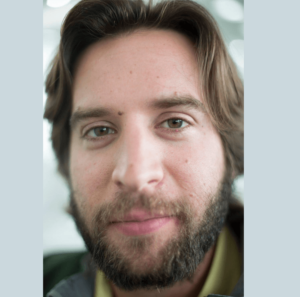
Matt Costa, PhD
Postdoctoral Research Associate, Marine Science Center at Northeastern University
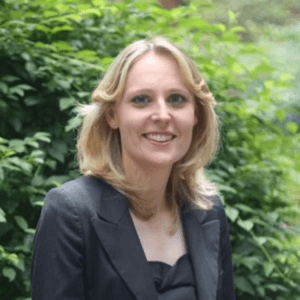
Romany Webb
Associate Research Scholar, Columbia Law School Senior Fellow, Sabin Center for Climate Change Law
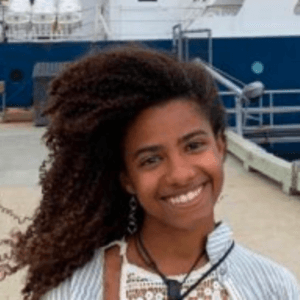
Jaxine Wolfe
Research Technician, Biogeochemistry & Marine Biodiversity, Smithsonian Environmental Research Center
Support Our Work
This work is possible because of the generous support of donors like you. Your support will enable us to continue investing in science leaders, creating inclusive spaces for learning and transformation, and building transformative connections.
